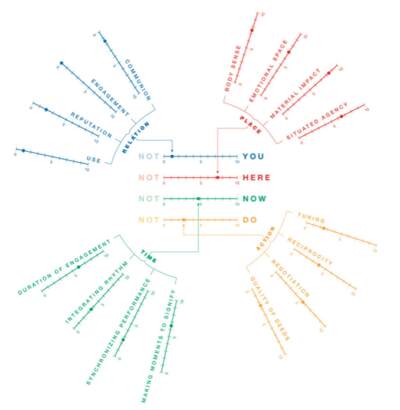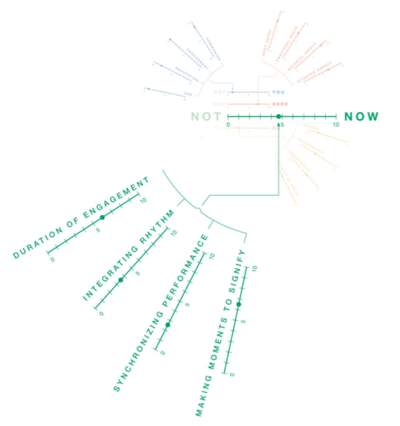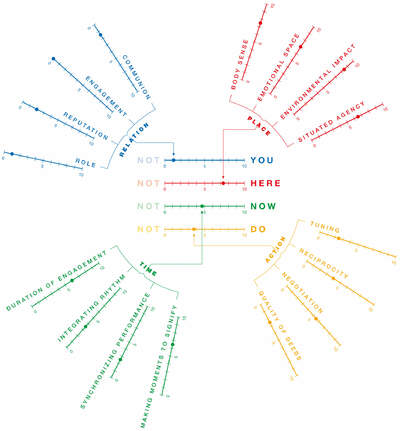Granularity in Reciprocity

Witnessing in merging biological, social and algorithmic realities is crucial to trust, as modelled in the YUTPA framework. Being witness and bearing witness is fundamental to human interaction. System participation in human communities of practice challenges the notion of witnessing and therefore the ability to build trust.
Witnessing in merging biological, social and algorithmic realities is crucial to trust, as modelled in the YUTPA framework. Being witness and bearing witness is fundamental to human interaction. System participation in human communities of practice challenges the notion of witnessing and therefore the ability to build trust.

Nevertheless, through trial and error, people in a variety of practices have found ways to establish the presence and develop trust in merging realities. This paper presents the results of 20 in-depth interviews with professionals from a variety of disciplines and nations. The conclusion of cumulative analysis is that systems do not witness themselves, but their output deeply affects the mental maps that human beings make of each other, the world around them and their own self. Essential qualities human beings seek when being involved with other beings are defined by granularity and reciprocity in the design of time (duration of engagement, synchronizing performance, integrating rhythms and moments to signify), place (body sense, material interaction, emotional space and situated agency), relation (shared meaning, engagement, reputation and use) and action (tuning, reciprocity, negotiation and quality of deeds). By designing granular interaction in 4 dimensions, reciprocity in witnessing obtains significance and the basis for establishing trust in a variety of presences emerges while human agency acquires potential.
AI & Society, Journal for Knowledge, Culture an Communication. Special issue Witnessed Presence. Volume 27, Number 1, February 2012
Online available at: Springerlink.com:
DOI 10.1007/s00146-011-0332-8

 Caroline Nevejan,
Caroline Nevejan,









